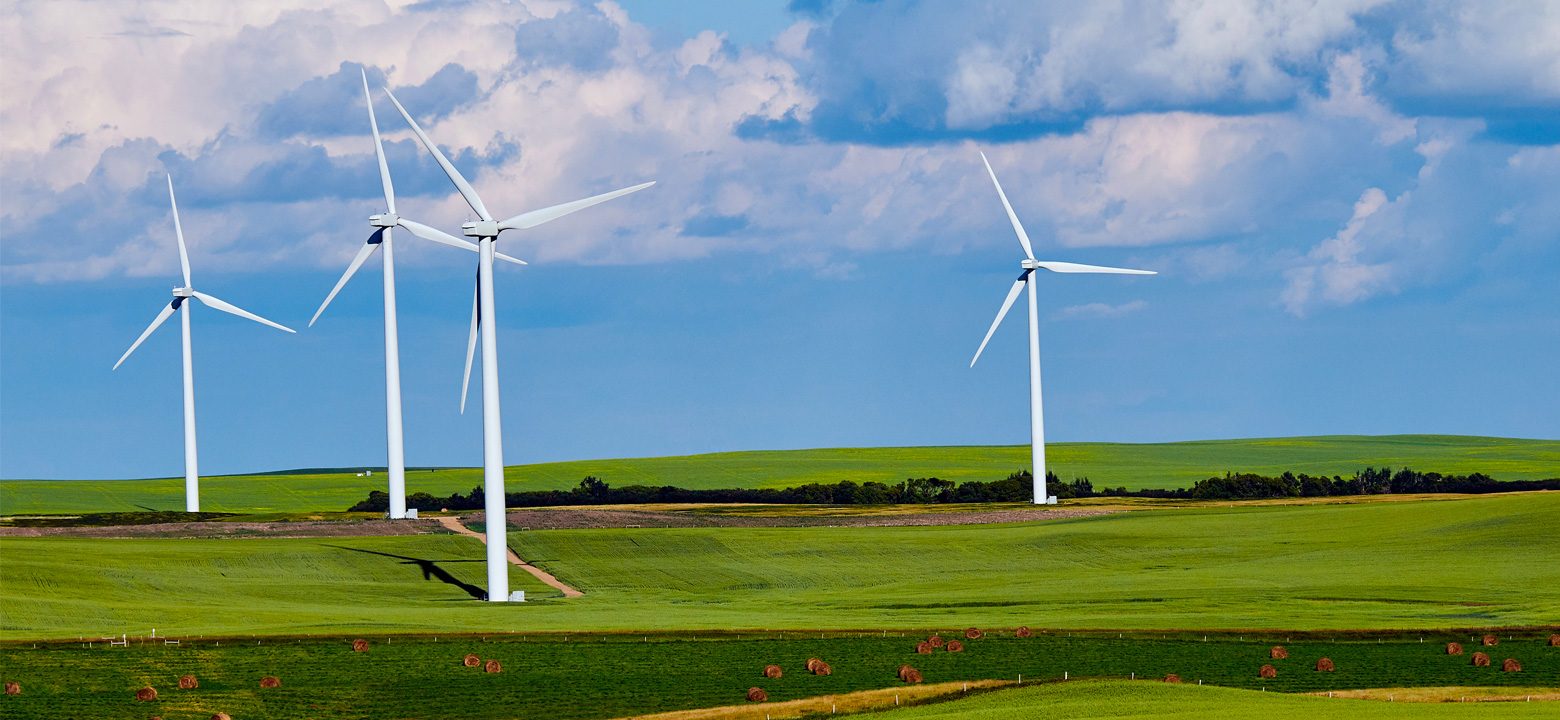
The energy market has finally reached the point where renewable power sources are becoming less expensive than their older counterparts. Based on price alone, making the switch from traditional fuels to wind power seems like a no-brainer. Like anything else, wind has both positives and negatives, and it's important to understand both sides before choosing to go to wind power.
With many traditional power sources, the question isn't “if” they are going to experience an accident, it's “when.” Oil pipelines leak, fracking may be responsible for well water contamination, and coal ash spills are nothing to sneeze at, either. Wind power has a much lower risk of polluting waterways, negatively impacting potable water sources, or damaging the soil.
Wind farms often bring economic benefits to the communities where they are located. They can create jobs during the construction phase and provide ongoing employment opportunities for maintenance and operations. Additionally, landowners who lease their land for wind turbines receive rental payments, providing them with a new source of income.
Investing in wind power reduces dependence on imported fossil fuels, enhancing energy security and independence for nations. By diversifying energy sources, countries can mitigate risks associated with geopolitical instability and fluctuating global oil prices, ensuring a more stable and resilient energy supply.
Wind power produces electricity without emitting greenhouse gases or other air pollutants associated with fossil fuel combustion. By displacing electricity generated from coal, natural gas, and oil, wind energy contributes to reducing carbon dioxide emissions and combating climate change, thereby improving air quality and public health.
Solar panels are another component of a comprehensive green energy strategy, but they have a notable disadvantage compared to wind. Since photovoltaic cells require the sun, their hours of operation are limited. Wind turbines, on the other hand, are capable of functioning day or night, cloudy or sunny. As long as the wind is blowing, they can generate power.
The price of fossil fuels fluctuates based on availability and transportation costs. By comparison, wind energy is remarkably stable—the price is essentially fixed, so there's no worry about costs skyrocketing overnight. Wind power doesn't need to be processed, since it's generated right at the source, so it has no transportation cost.
Wind farms can end up covering a large area, but the turbines themselves don't take up much land at all. This puts them in contrast to solar panels, which can have a large footprint, and traditional power sources, which require separate mining and processing operations that each take up considerable space. This means that they are less disruptive to farming, pasture land, and other land use than other power sources.
Any time you put up a large structure, you risk disrupting the path of migratory animals. Nighttime creates the biggest risk to birds since they can't see large wind turbines in their path. As a result, up to 328,000 birds are killed each year in collisions with the blades and motors. New advances in radar-based mapping and migration predictions can help lower the toll in the future, but, until then, turbines placed in areas frequented by birds continue to pose a risk. In addition to birds, wind turbines can pose risks to other wildlife, such as bats and insects. Collisions with turbine blades and changes in habitat due to wind farm development can impact local ecosystems and biodiversity. Furthermore, the construction and operation of wind farms may disrupt wildlife habitats and migration patterns.
While wind power works around the clock when compared to solar panels, it still only works when the wind is blowing. On a still day, power output may be negligible. Coal, nuclear, and even hydroelectric power don't have this problem—they can produce power in any weather.
Wind turbines are big, and, to many people, a bit of an eyesore. While wind turbines offer significant environmental benefits, some argue that they disrupt scenic landscapes and natural vistas. Not only are the turbines themselves not very attractive, but they can create a visual phenomenon called “shadow flicker” as the blades rotate and temporarily block light. They also create noise. While there is no evidence that the frequencies they generate have negative health impacts, some people may find the sound annoying. Critics of wind farms often cite concerns about the visual impact on tourism, recreational areas, and residential neighborhoods, potentially affecting property values and local economies reliant on tourism.
The biggest downside to renewable power sources is their lack of portability. If we could cover just a tiny fraction of the Sahara Desert in solar panels, we could power the world—but how would we move that energy? Coal, oil, and natural gas have concrete forms, and they can be shipped or piped to where they need to go. Wind turbines aren't always suitable for a given area, which places limits on their usefulness as a power source.
Large-scale wind farm development can lead to habitat fragmentation and loss of biodiversity, particularly in ecologically sensitive areas. Clearing land for turbine installation and associated infrastructure may disrupt ecosystems, fragment wildlife habitats, and threaten endangered species, necessitating careful site selection and environmental impact assessments.
The green energy industry is booming, and for good reason—renewables have a much lower environmental impact than traditional fuel, allow areas to achieve independence from foreign power sources, and aren't subject to scarcity. Wind is only one source of renewable power, and its advantages and disadvantages may make it more suitable for some situations than others. Asses your power needs, and see if wind, solar, or a combination of renewables is right for you.